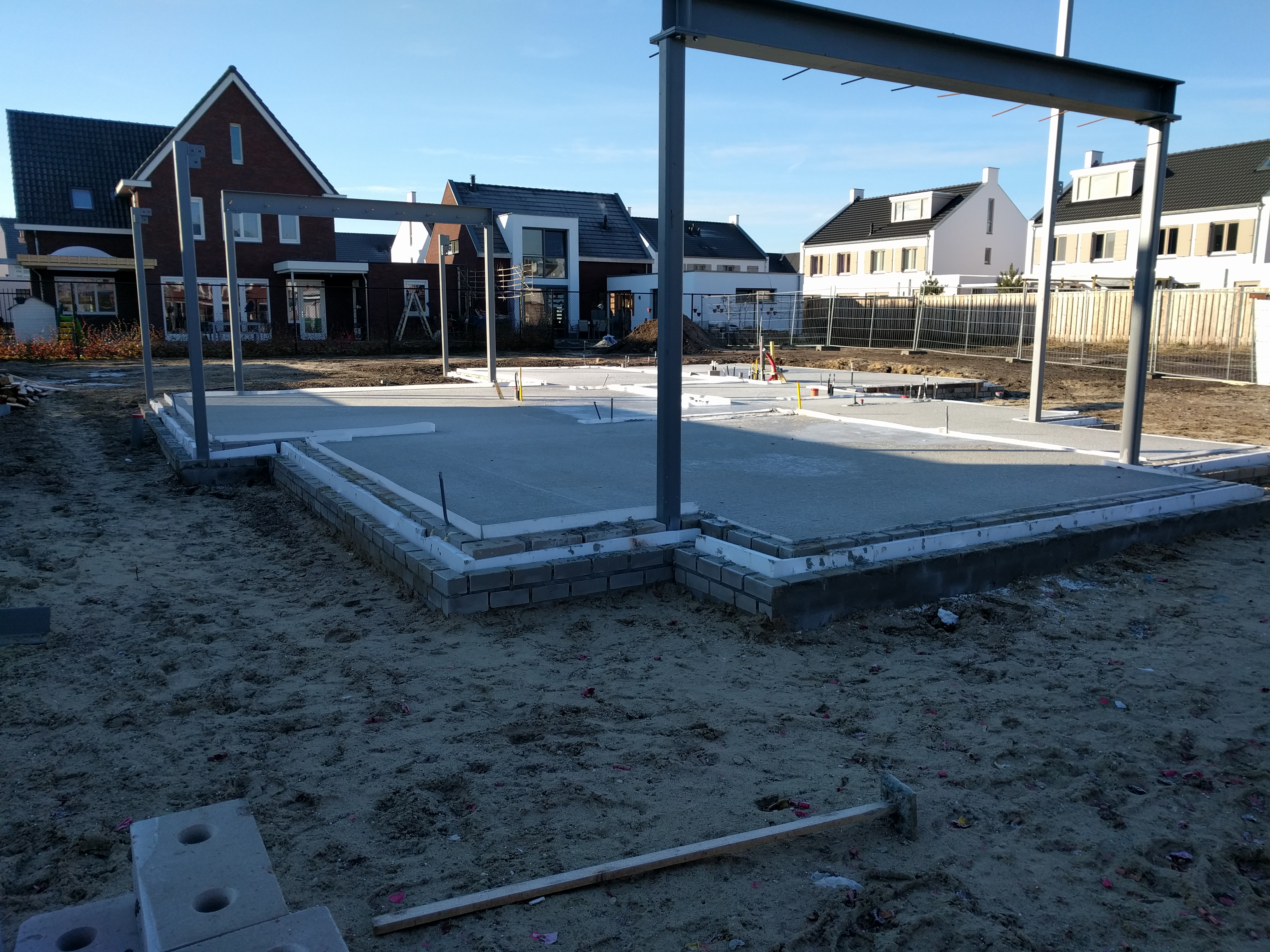
Uploaded on 2017-01-10 by Paul Desmedt
The city of Veldhoven is situated next to Eindhoven (5th city of the Netherlands). The region is termed Brainport region to indicate the concentration of highly specialised technical companies, open high tech campus and it's technical university. A landmark company of Veldhoven that perfectly matches inside the BRainport Region is ASML. ASML is the world leader in lithography machines. Though I concentrate my discussion of stock and flows on Veldhoven, it has chararacteris very similar to Eindhoven. (i) People i.1: on daily basis A lot of high tech people move in the morning towards their employing companies. This generates a large flow from outside Veldhoven inwards. This flow is largest in the vicinity but stretches out as far as Amsterdam. Also a lot of movement to and from suppliers is visible. Also more general supporting personel (shops, municipality) are on the move. Veldhoven is also a spill over location from Eindhoven, so a lot of flow is generated to Eindhoven in the morning. Smaller flows are also visible from Eindhoven to other locations. Large commutes are by car, public transport (train, bus). Small commutes by car, bike or foot. Some international commutes happen via the airport of Eindhoven, Amsterdam or Dusseldorf. Also a lot of educational flow is visible. In the evening the flows above are repeated but in the opposite direction. During daytime less structured commutes are visible, the leisure based communities now become more important. i.2: year scale: The city of Veldhoven has been prosperous in the last decades. A lot of extra people have settled and therefore a residential influx is visible. The stock of people therefore increased. The smaller outflux of people living from agricultural activities is observed. (ii) High tech Materials ii.1 Daily Due to the many construction sites, a lot of building material is transported towards Veldhoven creating a lot of stock in the housing. High tech raw material is shipped for the high tech industry. High tech components are shipped into the region and transported between entities in the region. Finished high tech products are shipped in and out the region. With the outward flow being more valuable than the inward flow. Stock of high level material is for finished product is kept as low as possible.This is an example of a metabolic model ii.2 year scale Supporting high tech material (measurement apparatus, manufacturing robots) have a large retention period. They also have in general an inward flow and no transformation happens to these materials. This could be modeled by a straightforward reservoir and flow model. (iii) density The density of the population is changing due to transition of agricultural area to a more high tech residential area. I take the opportunity here to indicate that I am not very fond of having density under the "stock and flow" terminology. Stock and flow for me clearly indicates that you have reservoirs with inputs and outputs (flows). This can than rather easily be described by compartment models (for instance). The crux of the terminology for me is that, of stock and flows is that inward flow increase stock and outward flow decrease stock fo a certain entity (e.g., water, people, heat, ...). By introducing transformation/metabolisme models the nature of the 'item' can be changed (e.g, energy could be in the form of heat, electricity, potential energy). In all these you have basic conservation laws (e.g, energy conservation, mass ) which are helpfull in the validation of the models. However, this is no longer valid if one talks about densities. Densities are a derived quantity of an item over a container size (thus could be in principle calculated from the above models). It can see that it can be usefull to make models for density and density flows, but what are then the conservation to apply? I can certainly see that the models based on density will have different rules, but how will these be validated? Or are they more similar to ML learning methods where they try to detect patterns which are usefull, but the actual inner working of the model (e.g. layers in neural network) do hardly provide real insight,.